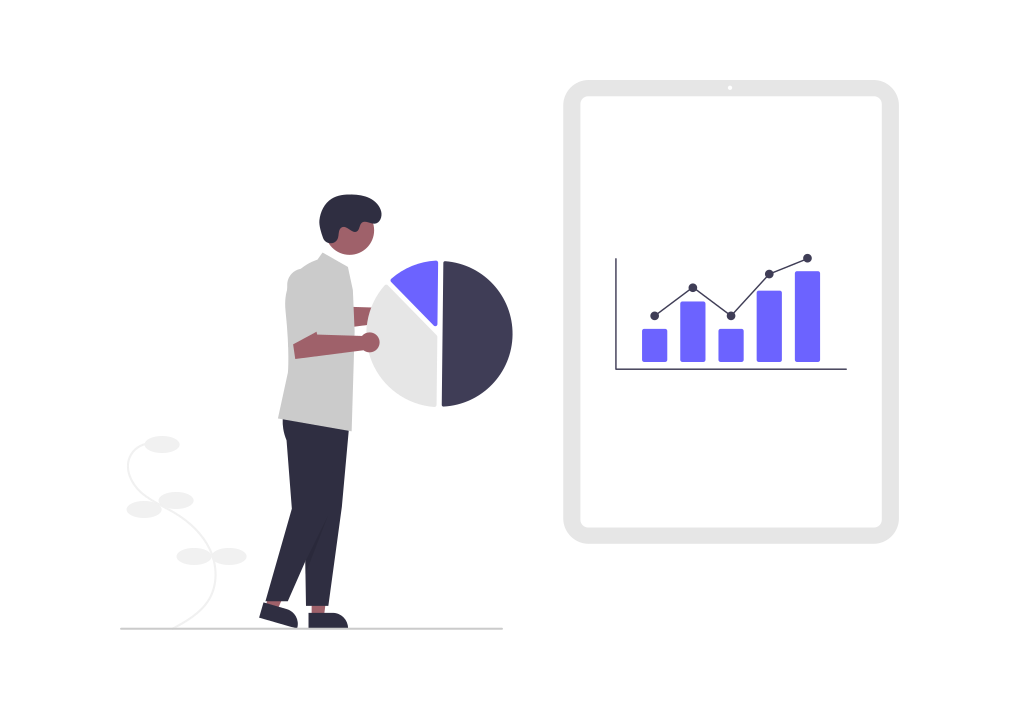In today's rapidly evolving business landscape, data has become the cornerstone of effective marketing strategies, particularly in the realm of B2B customer segmentation. Harnessing the power of data allows businesses to refine their understanding of customer needs, preferences, and behaviors, enabling more precise and impactful segmentation. This blog explores the crucial role data plays in enhancing B2B customer segmentation and offers insights into leveraging this invaluable resource for optimal marketing outcomes.
Data: The Lifeblood of B2B Segmentation
Data serves as the foundation for B2B customer segmentation, providing the necessary insights to categorize customers into meaningful segments. It is through data that businesses can identify patterns, trends, and correlations that inform segmentation strategies. By collecting, analyzing, and interpreting data, companies can achieve a granular understanding of their customer base, which is essential for effective segmentation.
Types of Data in B2B Segmentation
To maximize the potential of B2B customer segmentation, businesses must leverage various types of data. Each type offers unique insights that contribute to a comprehensive segmentation strategy:
-
Demographic Data: Information such as company size, industry, and location helps categorize businesses based on fundamental characteristics.
-
Firmographic Data: Details about a company's structure, revenue, and growth trends provide deeper insights into its operational scale and market position.
-
Behavioral Data: Tracking customer interactions, purchase history, and online behavior reveals patterns and preferences that are crucial for segmentation.
-
Technographic Data: Understanding the technology stack and digital tools a company uses helps identify its tech-savviness and potential needs.
-
Intent Data: Capturing signals that indicate a company's readiness to purchase or engage allows for timely and targeted marketing efforts.
Collecting and Analyzing Data
Effective data collection and analysis are pivotal for successful B2B segmentation. Here’s a streamlined approach:
-
Data Collection: Utilize CRM systems, marketing automation tools, and analytics platforms to gather comprehensive data on existing and potential customers.
-
Data Integration: Combine data from various sources to create a unified view of the customer. This holistic perspective ensures that segmentation is based on complete and accurate information.
-
Data Analysis: Employ advanced analytics techniques to identify patterns and trends within the data. Use tools like machine learning and AI to uncover insights that might not be immediately apparent.
-
Data Segmentation: Categorize customers into distinct segments based on the analyzed data. Ensure that each segment is meaningful and actionable, with clear differentiators.
Implementing Data-Driven Segmentation Strategies
With data-driven segments in place, businesses can develop and execute targeted marketing strategies. Here’s how to implement these strategies effectively:
-
Personalized Messaging: Craft marketing messages that resonate with the specific needs and pain points of each segment. Personalization increases the relevance and impact of your communications.
-
Channel Optimization: Determine the most effective marketing channels for each segment. Whether it’s email, social media, or direct outreach, choose channels that align with the preferences of your audience.
-
Content Customization: Develop content tailored to the interests and challenges of each segment. This approach ensures that your content is valuable and engaging to your target audience.
-
Performance Monitoring: Continuously track the performance of your segmented campaigns. Use metrics such as engagement rates, conversion rates, and ROI to assess effectiveness and make necessary adjustments.
Benefits of Data-Driven B2B Segmentation
Leveraging data for B2B customer segmentation offers several significant benefits:
-
Enhanced Precision: Data-driven segmentation allows for more precise targeting, ensuring that marketing efforts reach the most relevant audience.
-
Increased Engagement: Personalized and relevant messaging leads to higher engagement rates, as customers feel understood and valued.
-
Improved Conversion Rates: Targeted marketing strategies that align with customer needs result in higher conversion rates and better ROI.
-
Optimized Resource Allocation: By focusing on the most promising segments, businesses can allocate resources more efficiently, maximizing their marketing impact.
Conclusion
In the realm of B2B marketing, data is an indispensable asset that transforms customer segmentation from a broad-strokes approach to a finely tuned strategy. By harnessing the power of demographic, firmographic, behavioral, technographic, and intent data, businesses can create precise and effective segments that drive engagement, conversions, and growth. Embracing data-driven segmentation is not just a best practice—it's a necessity for any company aiming to thrive in a competitive B2B landscape.


